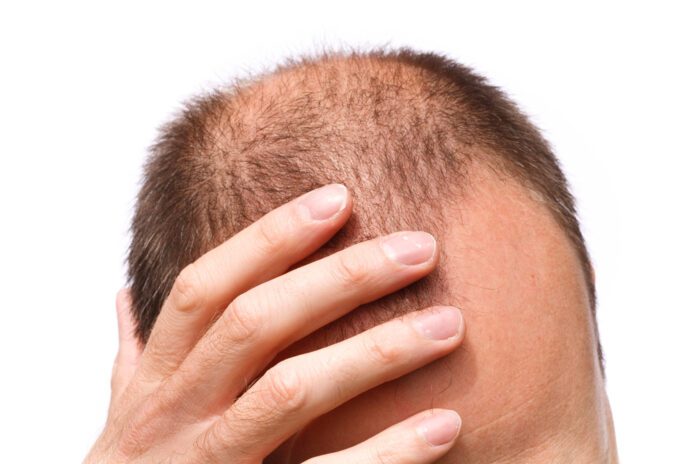Overview Of Alopecia Totalis
Alopecia totalis is a form of alopecia that can lead to total hair loss in the affected area. The term is also commonly associated with alopecia areata, another form of alopecia.
Commonly Associated With
Alopecia Universalis, Alopecia areata, and Ophiasis
Cause Of Alopecia Totalis
Alopecia totalis is thought to result from an overactive immune system that accidentally attacks and damages the person’s hair follicles. This would make it an autoimmune condition.
Some have a family history of alopecia, which can be seen in both men and women, and in some cases children. Sometimes, hair loss can happen as a result of a major illness or life stressor. For example, pregnancy can result in hair loss.
Symptoms Of Alopecia Totalis
The main symptom of alopecia totalis is hair loss. Rarely, a burning or itching sensation may be present. The condition usually starts with one or several small patches of lost hair. This version of alopecia tends to mean that the hair loss in the affected area is total or near total.
Hair loss typically happens on the scalp with this condition, although it can also occur in the eyebrows, beard, pubic hair, or the legs and arms. Pitting of the person’s fingernails or toenails can also occur.
Patches where the hair has fallen out are smooth in texture and round in shape. If alopecia totalis then leads to total hair loss in the affected area, it tends to take around 6 months after the first appearance of symptoms.
Exams & Tests
A health care provider will examine the person and ask about their symptoms. Above all, they’ll focus on the areas with visible hair loss.
In rare cases, providers may need a scalp biopsy for diagnostic purposes. Blood tests can also check for autoimmune conditions and thyroid issues.
Treatment Of Alopecia Totalis
Unless the hair loss is total and widespread, the person’s hair will typically regrow within a few months without any treatment being necessary.
For more severe cases of hair loss, treatments may not be that successful for the person. In other words, the following treatments are not a guaranteed cure by any means.
Common possible treatments for alopecia totalis include:
- Ultraviolet light therapy
- Subdermal steroid injection (injected just under the surface of the skin)
- Topical medications applied to the affected skin areas
A wig can improve the person’s appearance, if they choose to use one. It can hide the areas of hair loss, without them having to use any particular treatments.



